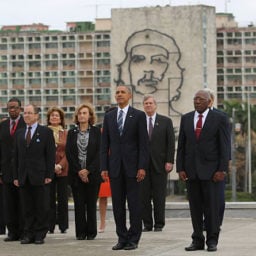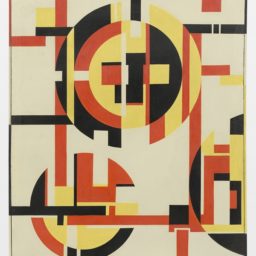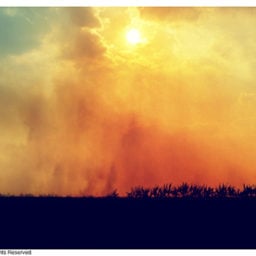In 1999, Cuba, isolated from the Western world by the political policies of Fidel Castro, held an undeniable aura of mystery for its American neighbors. Photographer Anna Mia Davidson, determined to see the lasting effects of a revolution turned sour, took to the Caribbean island-state despite its strained relations with the US. Over a span of eight years, Davidson would assemble a body of photographs that capture quotidian moments from the capital of Havana to its surrounding rural expanse.
“I started visually exploring the urban center of Havana and outlying areas,” Davidson explains in her book, Cuba: Black and White. “I made lifelong Cuban friends, fellow artists and photographers who let me in to the intimacy of their lives with generosity and trust. As an outsider, I felt honored to be let in to see and capture the real Cuba. I had dreams of being able to use my images to help end the US embargo against Cuba.”
Now, following the US’s decision to lift its embargo against the state, interest in Cuba is growing in spades. As artnet News’s Christian Viveros-Fauné noted, “there has been a flood of announcements stateside for upcoming Cuba-related events, panels and exhibitions.”
Davidson’s book of black and white photographs from 1999 to 2007 hearken to a time when the country was still recovering from its “Special Period,” after the Soviet Union broke up and stopped financially supporting the Castro regime. These images demystify a people, describe a moment, and afford us a rare glimpse into a country’s past.
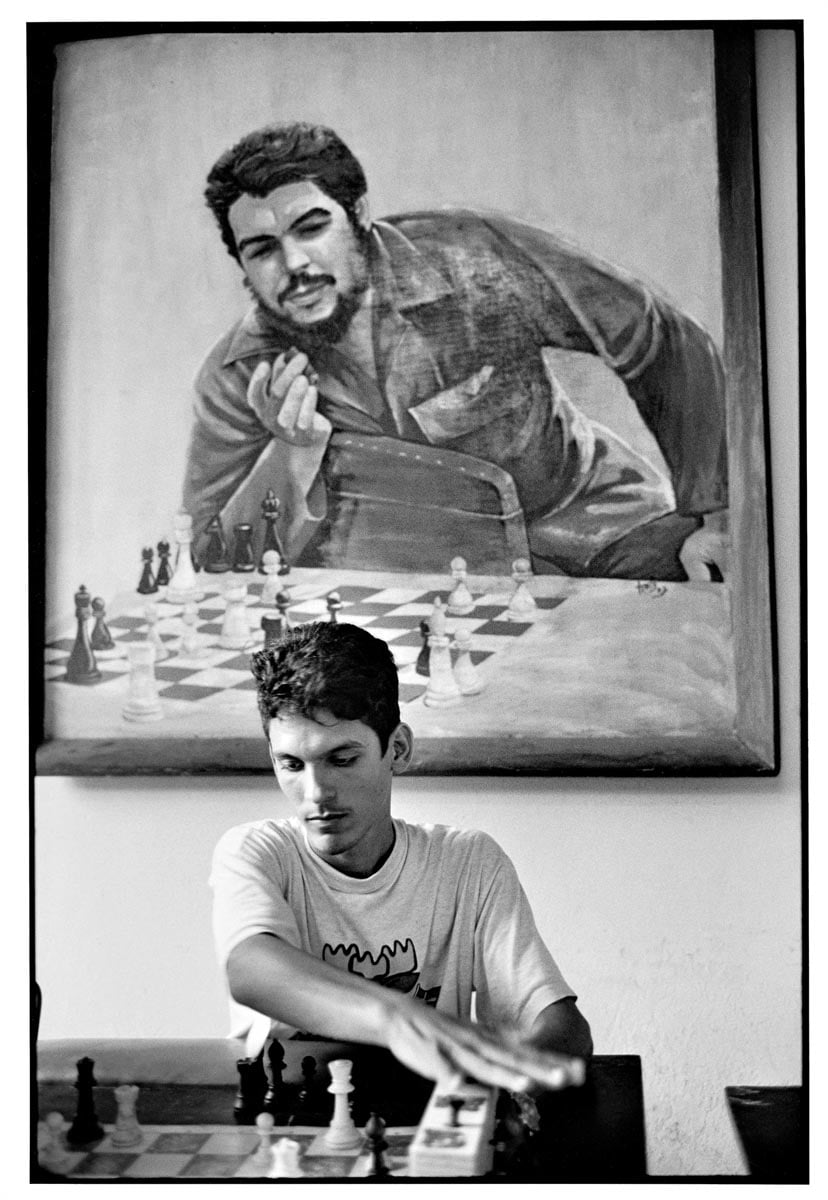
Anna Mia Davidson, Camaguey (2007), from Cuba: Black and White.
Photo: Courtesy of Cuba: Black and White by Anna Mia Davidson, published by Steidl.
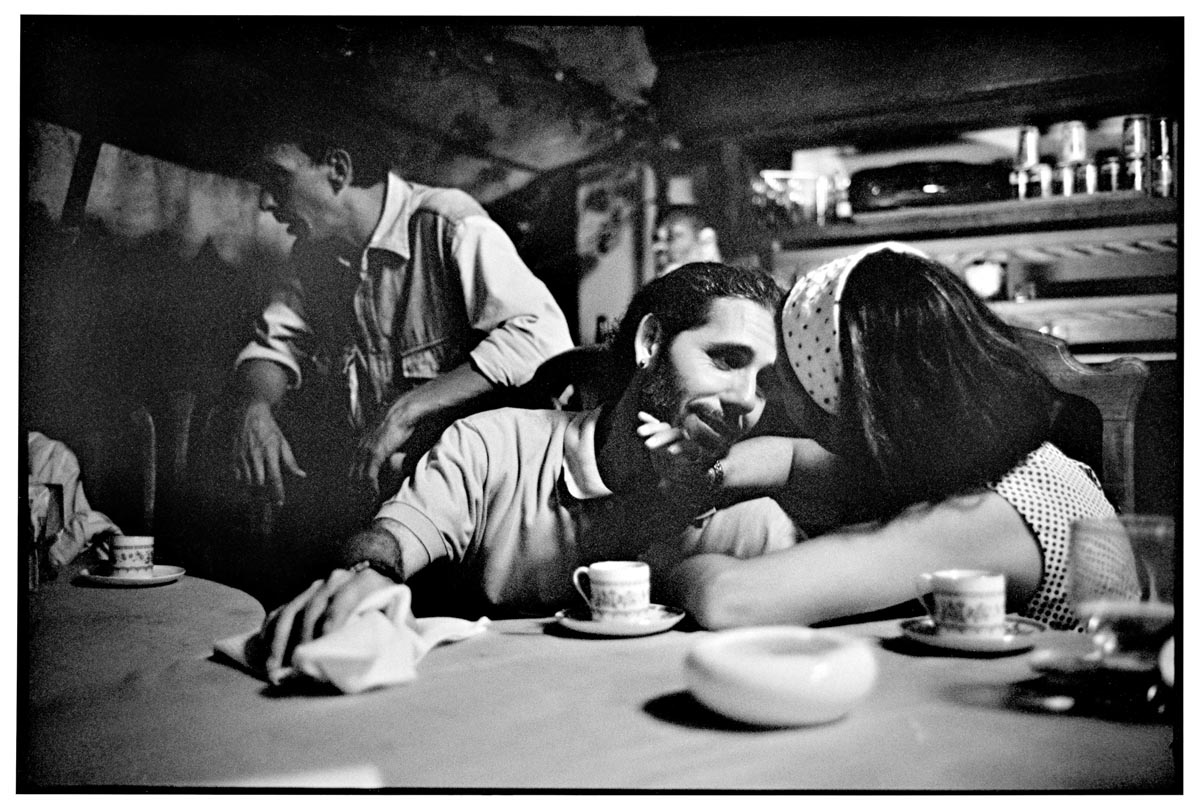
Anna Mia Davidson, Havana (1999), from Cuba: Black and White.
Photo: Courtesy of Cuba: Black and White by Anna Mia Davidson, published by Steidl.

Anna Mia Davidson, Trinidad (1999), from Cuba: Black and White.
Photo: Courtesy of Cuba: Black and White by Anna Mia Davidson, published by Steidl.
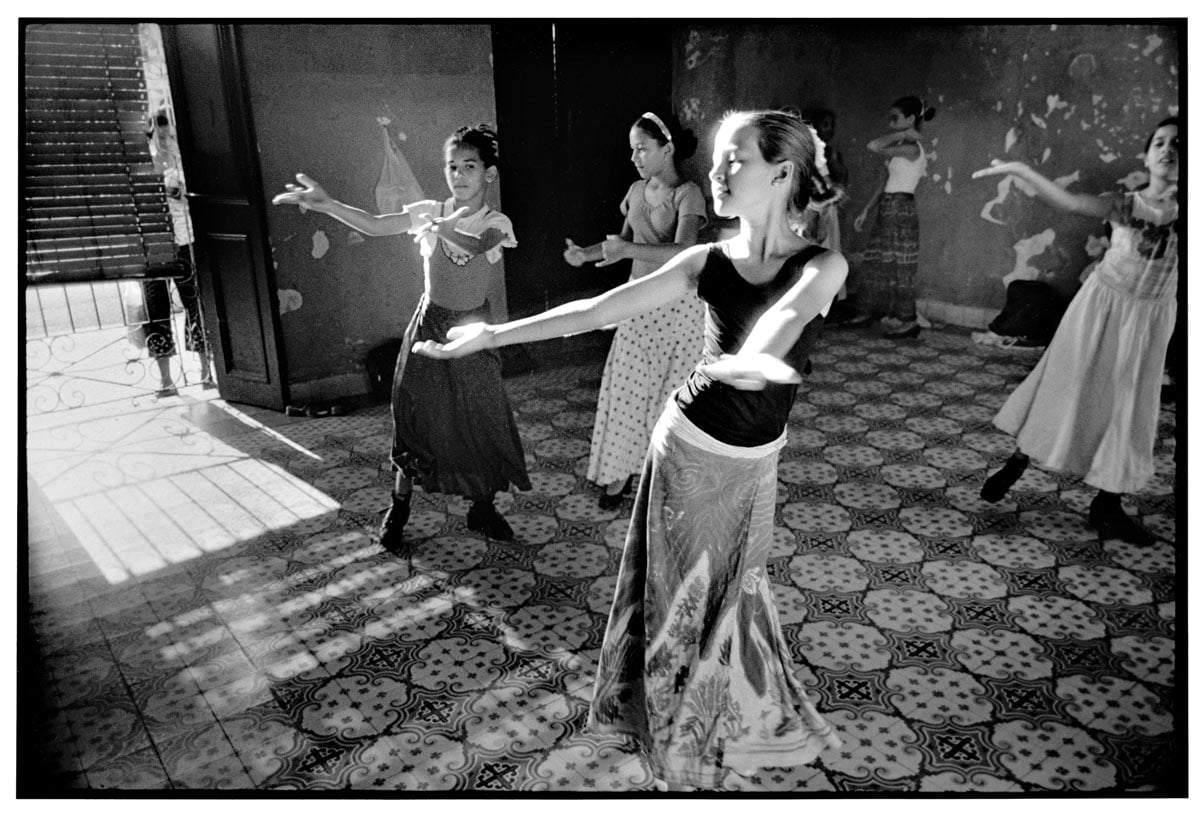
Anna Mia Davidson, Cienfuegos (2003), from Cuba: Black and White.
Photo: Courtesy of Cuba: Black and White by Anna Mia Davidson, published by Steidl.

Anna Mia Davidson, Havana (2000), from Cuba: Black and White.
Photo: Courtesy of Cuba: Black and White by Anna Mia Davidson, published by Steidl.
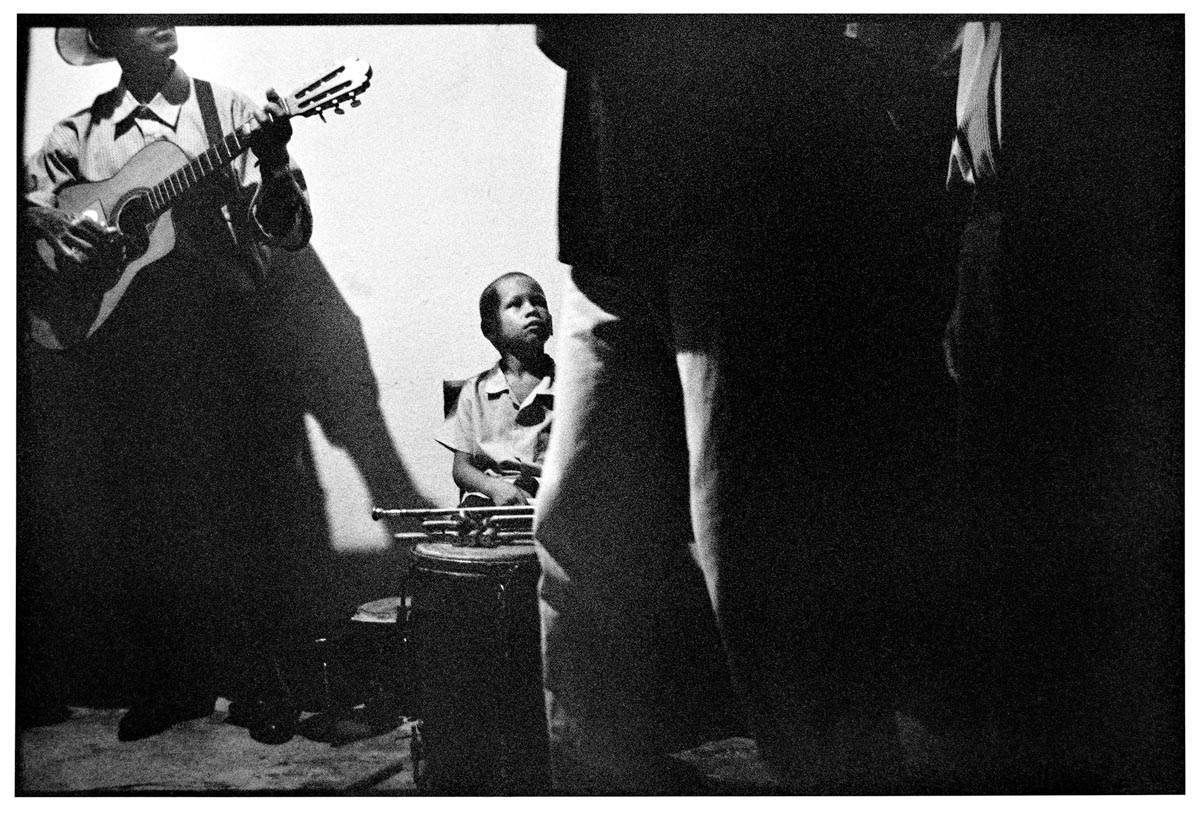
Anna Mia Davidson, Amarillo (2000), from Cuba: Black and White.
Photo: Courtesy of Cuba: Black and White by Anna Mia Davidson, published by Steidl.
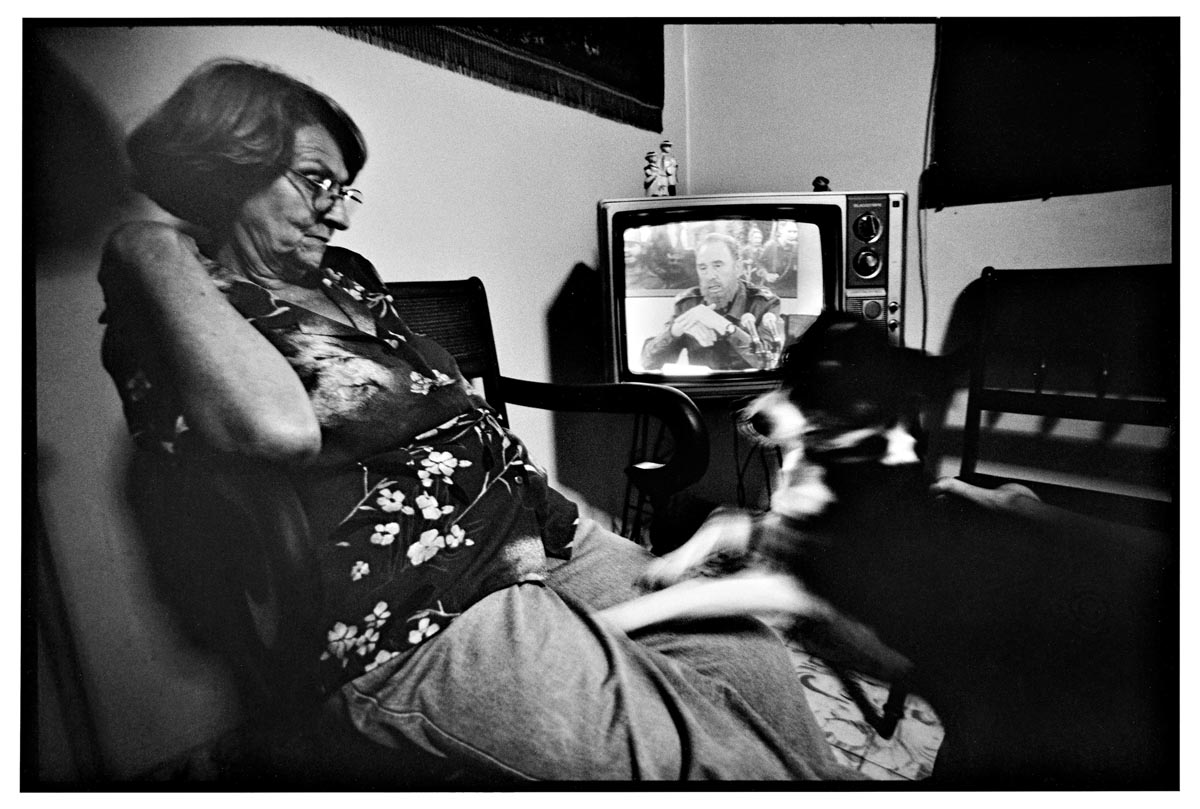
Anna Mia Davidson, Mantanzas (2003), from Cuba: Black and White.
Photo: Courtesy of Cuba: Black and White by Anna Mia Davidson, published by Steidl.
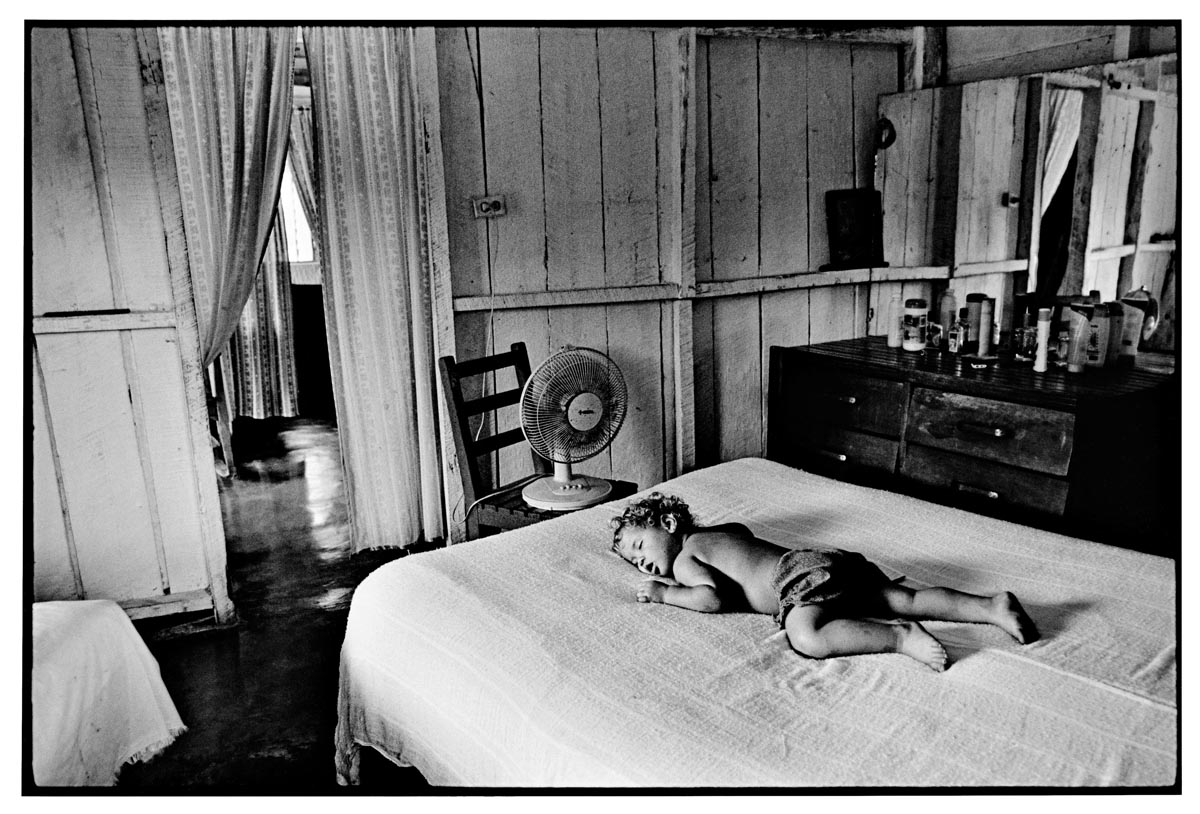
Anna Mia Davidson, Havana (2000), from Cuba: Black and White.
Photo: Courtesy of Cuba: Black and White by Anna Mia Davidson, published by Steidl.
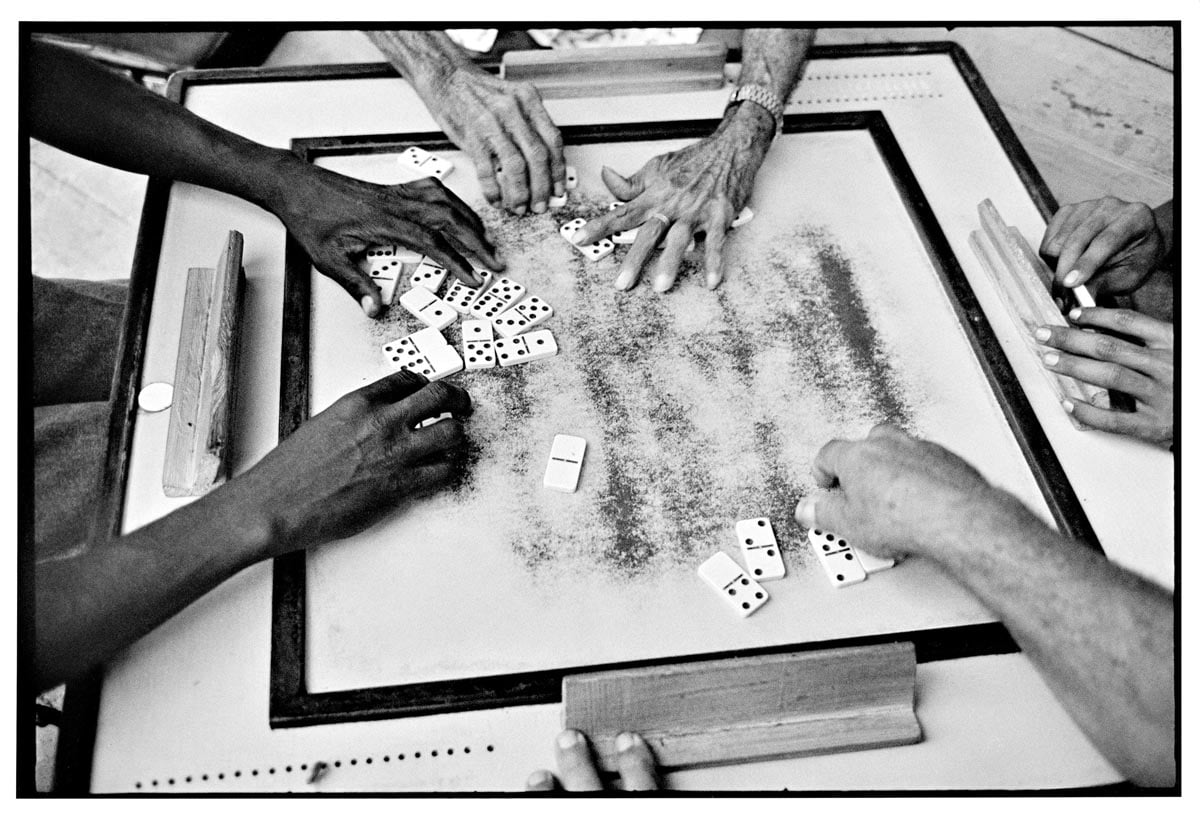
Anna Mia Davidson, Matanzas (2003), from Cuba: Black and White.
Photo: Courtesy of Cuba: Black and White by Anna Mia Davidson, published by Steidl.











